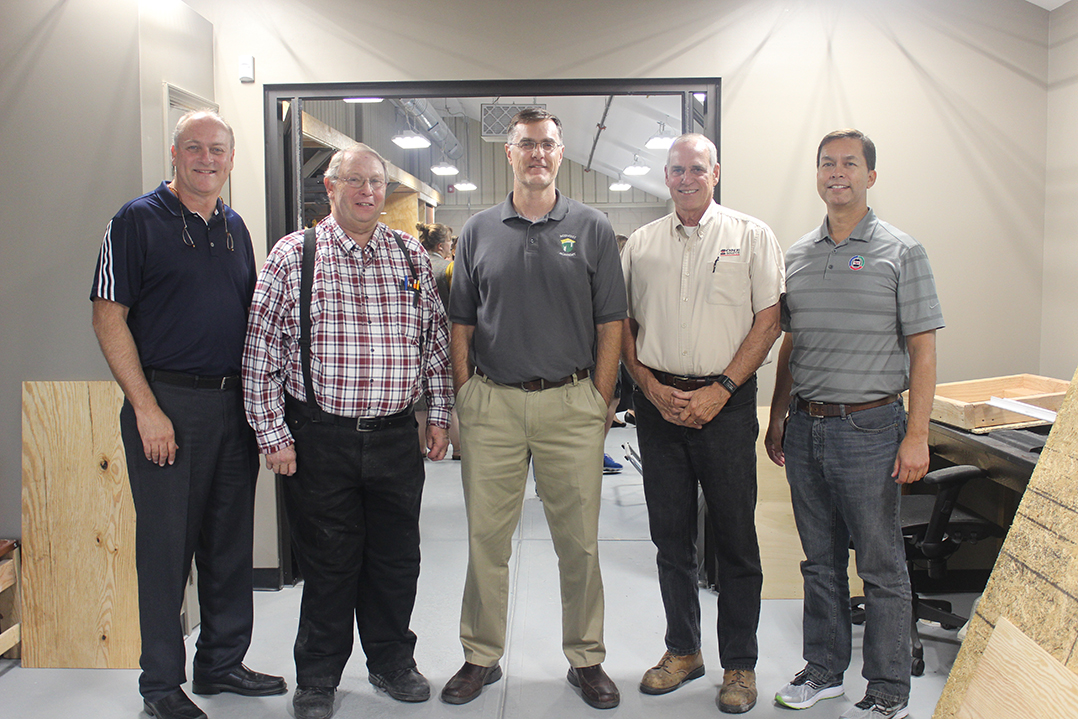
Midwest Academy recently received another large piece to help its students’ development.
The Carmel school held a ribbon cutting Sept. 22 on its projectorium. The space took six weeks to build, according to Doug Beamer, director of commercial project development for T&W Corporation, an Indianapolis-based construction company.
School officials define a projectorium as a space where students build, create, design and problem solve.
“This is a pretty interesting and unique space we have that not a lot of schools do,” said Kevin Gailey, Midwest Academy head of school. “We want to make sure it’s a space everyone can use in a safe way. There are special switches on the equipment where you can’t hurt yourself.”
Midwest Academy serves students in third through 12th grade who are in need of a small classroom environment, those living with school anxiety, students with ADD/ADHD, learning differences and high-functioning autism.
There is a garage door on one end of the projectorium so cars can be parked inside for projects.
“We can teach kids how to do some minor automotive things like changing tires or changing oil,” Gailey said. “It can be used for woodworking and also for creating prototypes for inventions and things that are more technologically advanced beyond a wood shop mindset. The students can do work with science and art.”
The robotics program will take advantage of the space as well.
At 1,250 square feet, Gailey said the space is at least three times larger than its previous makerspace.
“It cost a little less than $150,000, so we made that the (fundraising) goal,” Gailey said. “We do a lot of other fundraising for financial aid. So we didn’t want to exceed (that total).”
Gailey said the school started with one class each day using the projectorium, and that will expand.
“Some of it is classes scheduled and some of it is used for projects,” Gailey said. “We might have the history class for three weeks and then a science class the next week. It’s a shared space.”


